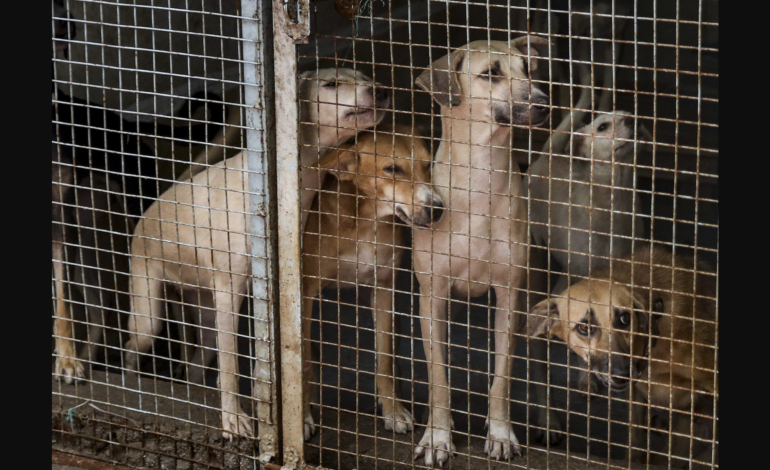
India’s stray dog crisis demands urgent, humane and coordinated reform
By: Ashwani Mahajan
India’s stray dog crisis has grown into a nationwide public safety and animal welfare emergency. With more than 35 million free-roaming dogs, the country faces rising dog-bite incidents, persistent rabies transmission, increasing community conflict, and a system struggling to care for millions of vulnerable animals. Experts warn that the issue now sits at the intersection of public health, urban planning, governance, and citizen responsibility.
A growing public health and safety threat
Stray dogs remain the primary source of rabies transmission in India. The danger is significant: more than 37 lakh dog-bite cases were reported in 2024, underscoring the scale of the crisis. Rabies is nearly 100 percent fatal if untreated, making prevention through vaccination essential. Beyond health hazards, aggressive packs have led to traffic accidents, public fear, and frequent clashes between residents, animal feeders, and local authorities.
Severe gaps in animal welfare
Most stray dogs live in harsh conditions. Hunger, untreated infections, injuries, and human cruelty are everyday realities. Without sustained municipal support, millions rely on unregulated feeding or sporadic caregiving, leaving them vulnerable and often distressed.
Strategies underway, but implementation remains uneven
India’s Animal Birth Control (ABC) Programme remains the backbone of humane population management, relying on mass sterilization and vaccination to reduce stray dog numbers and break the rabies cycle. However, its success depends heavily on disciplined, city-wide coordination — something many municipalities struggle to maintain.
Animal welfare groups continue to promote community participation through responsible feeding, reporting aggressive behavior, and supporting sterilization drives. Meanwhile, expanding shelters and encouraging adoption have emerged as essential steps to reduce the number of dogs living on the streets.
Public awareness remains another critical gap. Experts emphasize that understanding dog behavior, practicing responsible pet ownership, and learning rabies-prevention protocols are crucial for long-term change.
Government action and Supreme Court intervention
The central government’s National Rabies Control Programme aims to eliminate rabies in India by 2030 through mass vaccination, surveillance, and education initiatives. The Animal Birth Control (Dogs) Rules, 2023 reinforces humane, science-based approaches while holding municipal bodies accountable for sterilization and vaccination coverage.
Amid rising concerns, the Supreme Court recently issued strong, nationwide directives:
- Removal from public premises: Stray dogs must be relocated from schools, hospitals, bus stands, railway stations, and sports complexes to designated shelters.
- Mandatory sterilization and vaccination: No dog may be relocated without undergoing both procedures.
- Nodal officers: Every institution must appoint an officer responsible for compliance and safety.
- Secure institutional perimeters: Public buildings must install fencing or barriers to prevent the entry of stray dogs.
- Eight-week compliance reporting: States and Union Territories must submit detailed progress reports.
The Court stressed that public safety cannot be compromised, but also insisted that all actions must be humane and legally compliant.
The road ahead
Experts agree that India’s stray dog crisis will not be solved through isolated measures. Sustainable progress requires a balance of strict enforcement, scientific planning, compassionate care, and public cooperation. As authorities act on the Supreme Court’s orders, the challenge — and opportunity — lies in building safer communities while ensuring dignity and humane treatment for millions of animals who have long been left to fend for themselves.